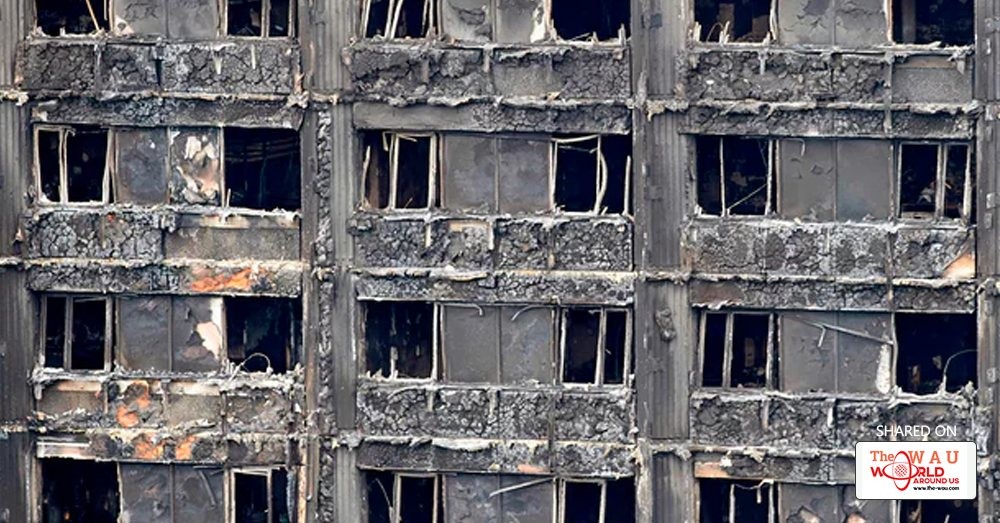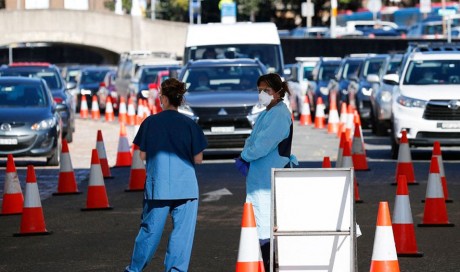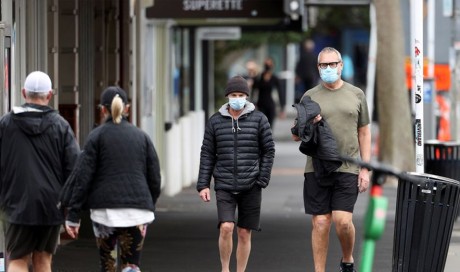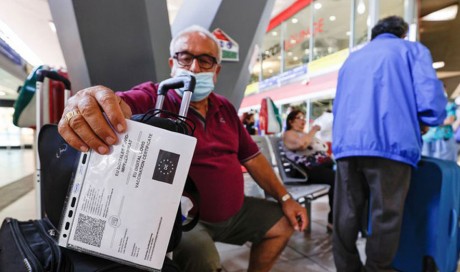More than 100 buildings have a cladding system that has failed the latest round of government combustibility tests, the Department for Communities and Local Government (DCLG) has said.
In total, 111 high-rise blocks use a combination of material that failed the second of six new tests rolled out at the recommendation of an independent expert safety panel following the Grenfell Tower fire disaster.
The tests confirmed that a cladding system using aluminium composite material (ACM) panels with a polyethylene filler, and stone wool insulation “does not meet current building regulation guidance”.
Of the affected buildings, 90 are said to be local authority or housing association-owned or managed.
Cladding samples from all 111 buildings had already failed the initial combustibility tests, also conducted by the Building Research Establishment (BRE). Experts had previously expressed concerns that material was being tested too severely after hundreds of the samples sent in failed the standards for flammability. Last week it was revealed that the combination of materials used on the facades of 82 towers had failed the first of the six cladding combinations being scrutinised.
The new tests involve a nine-metre demonstration wall subjected to a replication of “a severe fire in a flat breaking out of a window” to see if the flames then spread up the exterior.
It is suspected that ACM panels on the outside of Grenfell Tower fuelled the spread of the fatal blaze, acting as kindling once the fire took hold.
Wall systems using both combinations that have failed the latest tests present “a significant fire hazard on buildings over 18 metres”, the DCLG warned. It is urging building owners with the failed combinations of material to “put in place a plan to review the cladding system and undertake remedial work, in particular to remove cladding”.
An “obvious option”, it said, would be to replace the existing facades with a wall system where each element is of limited combustibility. It is warning landlords to act on its issued advice “to ensure the safety of residents”.
The Local Government Association (LGA) said 16 councils owned high-rise blocks with some combination of ACM cladding. It is believed that the overwhelming majority of these failed the latest two tests. Around a third of the 111 buildings with the material that failed the most recent test are thought to be council-owned.
Councillor Simon Blackburn, chairman of the LGA’s Safer and Stronger Communities board, said: “The tragedy at Grenfell Tower has clearly exposed a systemic failure of the current system of building regulation.
“The government must commit to meet the full cost to councils of removing and replacing cladding and insulation systems.
“It is also imperative that this testing process moves quickly to identify what landlords should be replacing these systems with as soon as possible.
“With these latest test-fails affecting buildings owned by a range of different landlords across the country, the government also needs to make sure there is capacity within the housebuilding industry to take quick action to carry out the scale of remedial work that looks likely to be needed.”
Share This Post















